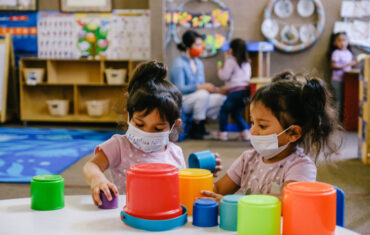In East Asia, face masks are accessories akin to hats and scarves, a civilian, not a medical, accessory. People wear them for a variety of reasons: the smog, the cold, the sun, fever,… It also helps explain why East Asian began wearing face masks long before the practice became common place or required by law around the globe
Cultural and sanitary reasons in East Asian
Population density tends to be high in East Asia. Then, the risk of contagion is generally understood by the population to be higher as well. In metropolitan areas where the majority of the workforce travels by public transportation, commuters guard against the constant possibility of falling sick. Besides, people begin wearing face masks whenever there are reports of a seasonal spike. Beyond disease prevention, people also wear face masks widely in East Asia for cultural and sanitary reasons. Some people wear masks to hide skin problems or to block out the sun. Scooter commuters wear masks to protect themselves against car exhausts. Street vendors wear masks while preparing food. And healthy elders often wear masks to avoid catching an actual disease due to their weakened immune system.
Different in Europe and America
This mentality does not exist in mainstream culture in Europe and North America. There are two groups of professionals who regularly wear face masks: doctors and housekeeping staff. In the first group, only sick individual associate with contact with masks. In the second, face masks enforce a uniform, nameless identity. Other reasons for wearing frontal face coverings base in religion or the desire to conceal identity. All of which also attract stigma.
These reasons explain why the general public outside of East Asia was initially reluctant to wear face masks. In the US in particular, individuals resisting wearing a mask cite infringements on personal freedom. Some public officials refuse to wear masks even when it is not their turn to speak in a televised press conference. Because they see wearing a mask as a vote of no confidence in containment measures rather than adherence to good practice. Those who make a point to wear face masks during news updates acknowledge that people are not used to seeing faces being covered.
Overall
When coronavirus spread around the world, East Asians began wearing masks long before everyone else. In other words, they continued to see masks as a part of disease containment that would not be made redundant even by a sound institutional response. Wearing face masks has become accepted in East Asia because the region has seen and adapted itself to contagion on multiple occasions. And East Asians have carried face masks acceptance with them as they spread around the world. Their early reaction has regrettably not spread to mainstream society, but perhaps after COVID-19, it will.






